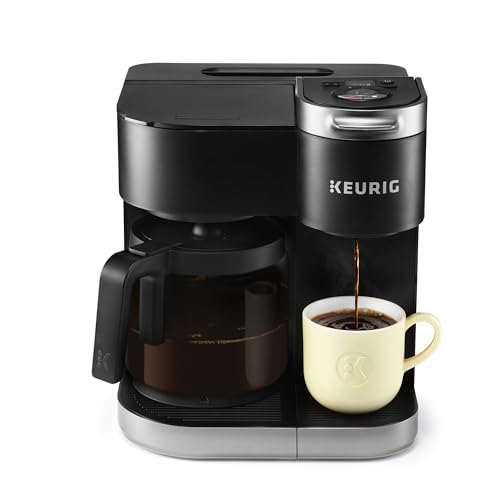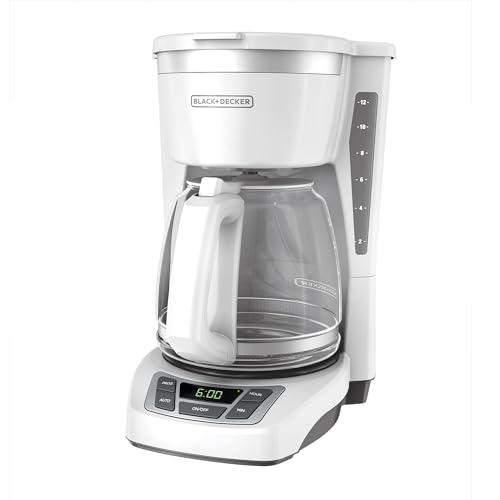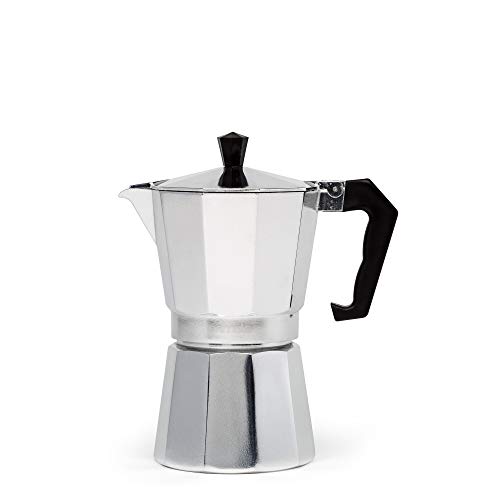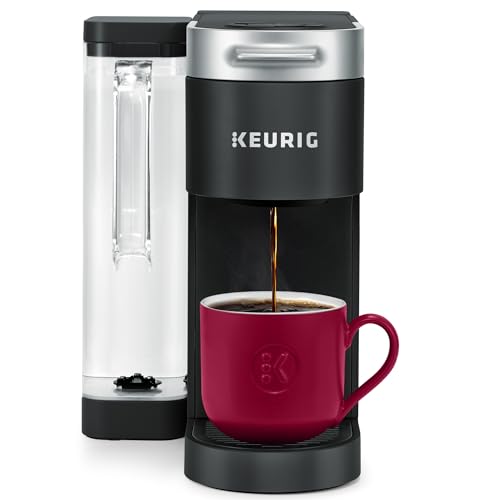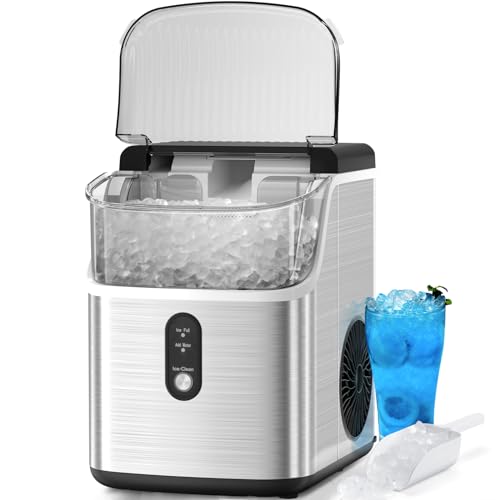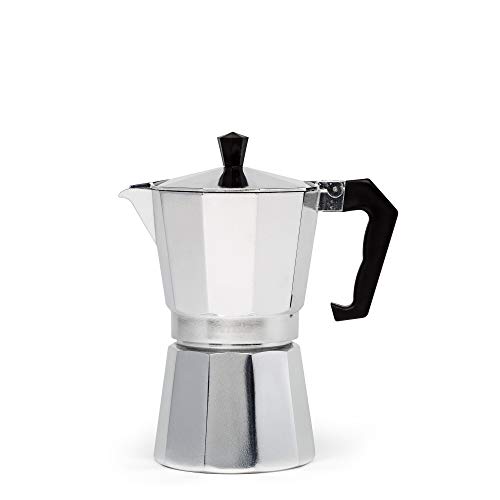How to use a convection oven is a topic that may seem daunting for many first-time users. Convection ovens, with their advanced technology and superior cooking abilities, have revolutionized the culinary world. However, their unique functionality often poses a challenge for those unfamiliar with its operation.
Overcoming this hurdle can unlock a world of culinary possibilities, from evenly baked goods to perfectly roasted meats. Having the know-how to operate a convection oven is a skill worth mastering. This guide aims to demystify the process, making it accessible for cooks of all skill levels.
This in-depth guide will provide you with step-by-step instructions to harness the full potential of your convection oven. Whether you’re a seasoned cook looking to venture into new territory, or a novice seeking to expand your culinary repertoire, this guide is your starting point. Embrace the power of convection cooking and elevate your kitchen game to new heights.
How To Use A Convection Oven
Before we delve into the specifics, let’s begin with a brief overview of what a convection oven is. A convection oven is a type of oven that uses fans to circulate hot air over and around the food, resulting in faster and more even cooking.
Convection ovens have adjustable temperatures and can often reach higher temperatures than conventional ovens. They’re known for their versatility, allowing you to roast, bake, and broil with exceptional precision.
To use a convection oven, start by preheating it. This step is crucial as it allows the oven to reach the desired temperature before you introduce the food. Most convection ovens will have a light or an indicator to let you know when it’s ready.
Next, arrange your food on the oven racks. Ensure there’s enough space for air to circulate freely around your food. If you’re baking or roasting multiple items at once, stagger the trays or dishes to avoid blocking the airflow.
Choosing the right cooking settings is another important consideration. Generally, it is recommended to lower the temperature by 25 degrees Fahrenheit compared to conventional oven recipes. As convection ovens cook food more quickly, you also need to reduce the cooking time by about 25%.
Finally, keep an eye on your food as it cooks. Due to the efficient nature of convection ovens, your food may be ready sooner than you expect. Checking on your food intermittently will help to avoid overcooking.
Remember, using a convection oven might require some trial and error initially. But with practice, you’ll become more familiar with its operations and start seeing improvements in your cooking. Embrace the learning experience and enjoy the culinary journey.
See more: How To Use A Broiler Oven
Benefits of Using a Convection Oven

Convection ovens offer a myriad of benefits that make them a valuable addition to any kitchen. One of the most significant advantages is their ability to cook food more evenly. The hot air circulation ensures that every part of your dish receives consistent heat, eliminating hot spots and cold zones. This even heating leads to better browning and crisping, making it ideal for roasting and baking.
In addition to even cooking, convection ovens also cook food faster. The circulating air speeds up the transfer of heat into your food, reducing cooking time. This increase in efficiency can save you valuable time, especially when preparing large meals or cooking multiple dishes simultaneously.
Another advantage of convection ovens is their energy efficiency. Because they cook food faster, they don’t need to operate as long as traditional ovens. This reduced operation time can translate into energy savings, making convection ovens a more eco-friendly choice for your cooking needs.
Lastly, convection ovens allow for greater versatility in cooking. Whether you’re roasting a chicken, baking pastries, or broiling a steak, a convection oven can handle it all with ease. The ability to cook a wide range of dishes to perfection makes convection ovens an excellent choice for home cooks and professional chefs alike.
However, it’s worth noting that while convection ovens are highly versatile and offer numerous benefits, they may not be the best choice for all types of cooking. For example, delicate baked goods like soufflés or cakes that rely on traditional rising methods might not do as well in a convection oven. Always consider the specific needs of the dish you’re preparing before choosing your cooking method.
By understanding the benefits and limitations of convection ovens, and with some practice, you can harness their full potential to improve your culinary exploits. The keys to success are patience, understanding, and a willingness to experiment. Happy convection cooking!
FAQs
The journey to mastering convection oven cooking can be marked with questions and uncertainties. As you navigate this culinary path, you may encounter puzzling situations or unexpected results. However, these moments can serve as stepping stones towards a more refined cooking experience.
Why is my food cooking unevenly in the convection oven?
The primary reason for uneven cooking in a convection oven is usually due to improper placement of food or overcrowding. Remember, one of the fundamental principles of convection ovens is the circulation of hot air for even heat distribution. Overcrowding or placing food items too close together obstructs this airflow, leading to uneven cooking.
To avoid this, ensure there’s adequate space around your dish to allow the hot air to circulate freely. If you’re cooking multiple trays of food, be sure to stagger them rather than aligning them directly one above the other. This arrangement allows the hot air to reach every tray evenly, resulting in uniformly cooked food.
My biscuits are browning too quickly on the outside but are still doughy inside. What am I doing wrong?
This issue might arise when your oven temperature is set too high. Convection ovens are more efficient at transferring heat than traditional ovens, and this can sometimes lead to the exterior of your food cooking faster than the interior.
Reducing the oven temperature by 25 degrees Fahrenheit from the temperature recommended for a conventional oven can help solve this problem. If the biscuits are still browning too quickly, consider reducing the temperature a bit more. Regular monitoring during the cooking process is also crucial to prevent the outside from browning excessively before the inside is fully cooked.
Can I use my regular baking recipes in a convection oven?
Yes, you can use your regular baking recipes in a convection oven. However, adjustments to the temperature and cooking time are often necessary due to the efficient heat transfer in a convection oven.
Typically, you should reduce the temperature specified in the recipe by about 25 degrees Fahrenheit. It’s also recommended to check your food for doneness around 75% of the suggested cooking time, as convection ovens tend to cook faster. With time and experience, you’ll become familiar with these adjustments, making it easier to adapt your favorite recipes for convection cooking.
Final Thought
Convection cooking, when mastered, can truly revolutionize your kitchen experience, contributing to tastier, more efficiently cooked meals. This effective cooking method promises to deliver consistent culinary results while saving you both time and energy.
However, remember that like any new skill, mastering convection cooking requires patience and practice. Don’t be discouraged if your initial attempts don’t yield the desired results. Keep experimenting with different dishes, temperatures, and cooking times until you find what works best for you.
While convection ovens may not be suitable for all types of cooking, especially delicate pastries that rely on traditional baking methods, they excel in many others. Roasting meat, baking cookies, and making casseroles become a breeze, all thanks to the even circulation of hot air.
In conclusion, investing time in understanding how convection ovens work and how to leverage their benefits can significantly enhance your culinary endeavors. Once you’ve gotten the hang of it, you’ll wonder how you ever managed without one. Here’s to delicious and efficient convection cooking!
